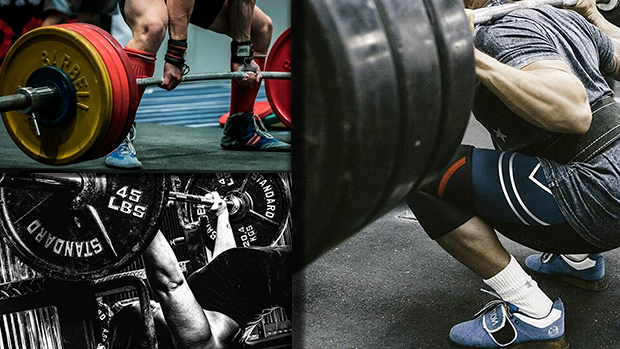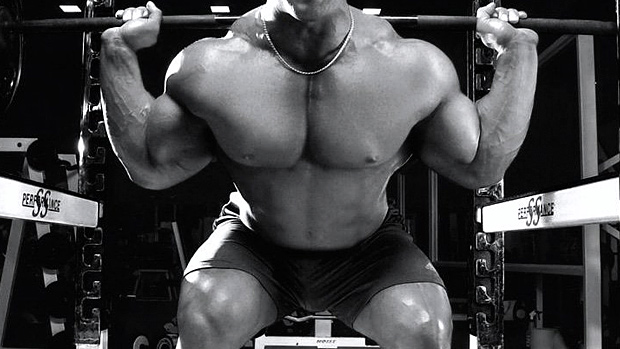Since there are multiple muscles in the lower leg, which control the ankles, feet, and toes, you must address each of the different tissues in this region so that you can be efficient when doing trigger point work or stretches.
To improve dorsiflexion range of motion, there are three main players that are commonly neurologically tight in the lower leg: the gastrocnemius (the two big meaty heads of the calf muscles), the soleus which is underling the gastrocnemius, and the deep flexor group which is located behind the shin bone and is comprised of muscles that attach deep into the base of the foot and toes. Each of these three groups must be located and given attention to restore mobility.
While the gastrocs and soleus are more superficial than the deep flexor group of the lower leg, you can hit the medial and lateral head of the gastrocs, along with the underlying soleus, with either a traditional foam roller or ball. Focus on targeting neurological trigger points in the tissue and oscillating over these points with only an inch of relative movement of your body moving over the roller. Stay here for 45-90 seconds per trigger point.
For the deep flexor group, you'll use a technique called hands-on SMR (self myofascial release) with your fingers right on this smaller muscle group. Apply pressure down over it to mobilize the soft-tissues while moving your ankle.
Reaching the thumb behind the shin, press down, and move your ankle from a toes-down plantar flexed position to a toes-up dorsiflexed position. This is one of the most effective ways to hit these soft-tissues.





